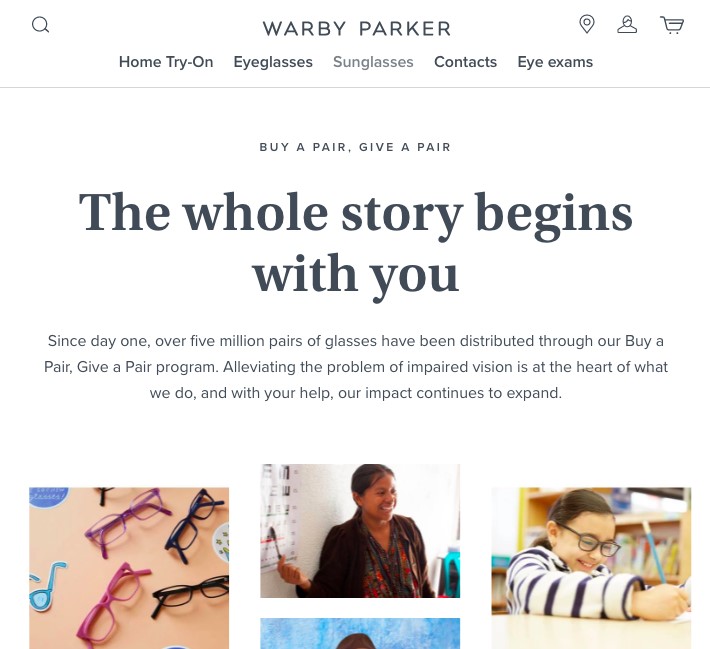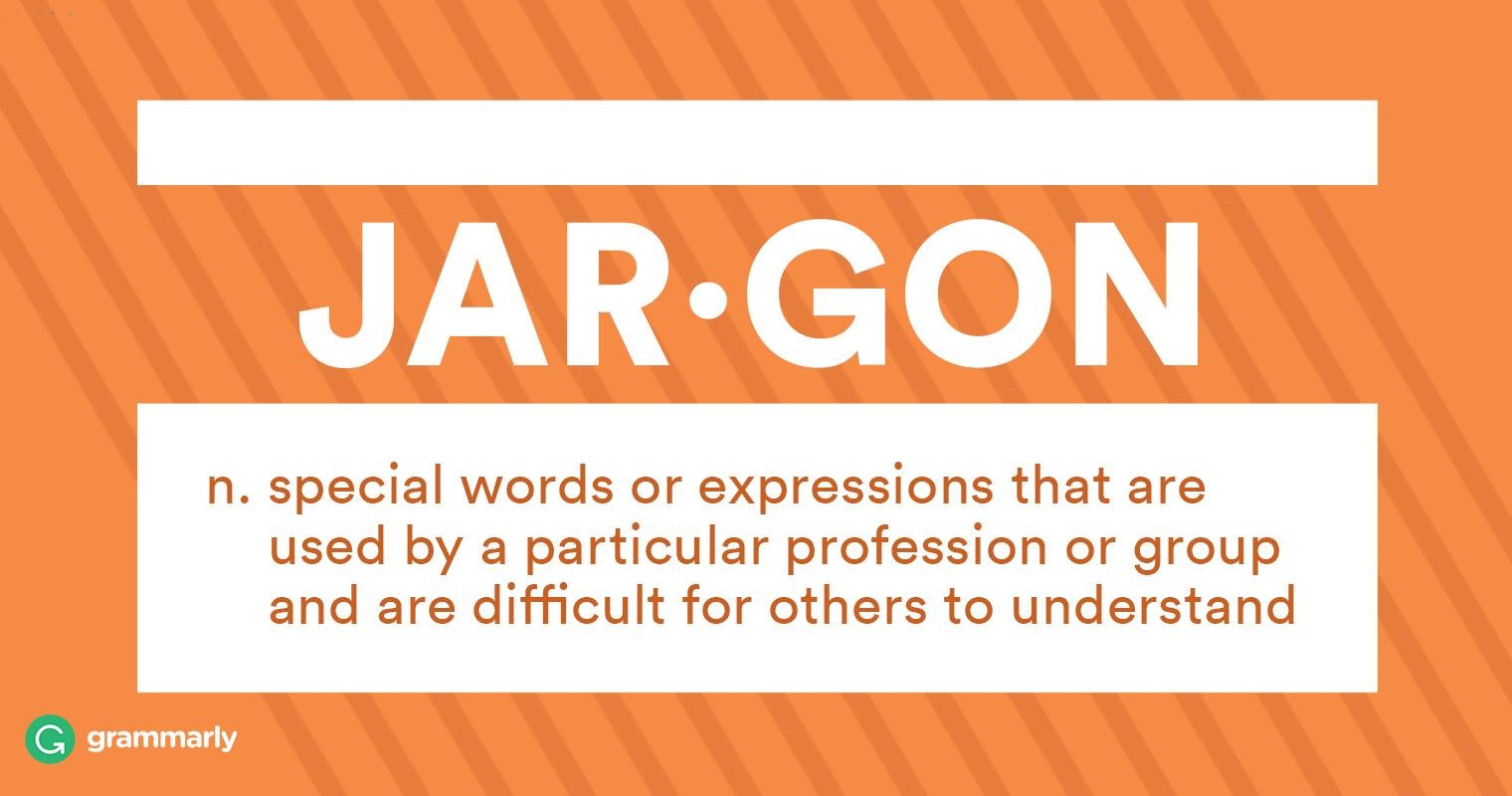The science of great UX copywriting is one that takes time to learn – and unfortunately, one that can be filled with weak spots if brands aren’t careful. Whether you’re reaching audiences through social media, billboards, web copy, or something else entirely, superb copywriting is key.
Let’s talk about some of the most commonly ignored holes in copywriting strategies. These are the weak spots you need to eliminate, and the faster you can remedy them, the better.
Too Little Focus on the Customer
You’ve probably heard people talking about “consumer-centric” copy, and there’s a reason – connecting with potential customers is the key to making copywriting work on your behalf.
Customers don’t just want to hear about your products or services. They want to know how their interaction with your brand would benefit them or provide them with certain experiences. Focusing too much on the specifics of the product could be your copywriting downfall.
For a prime example of a consumer-centric copy, take a look at Nature Valley.

Although the company sells granola bars, they rarely dedicate their copy to explaining what their bars taste like or what they’re made of. Instead, they prefer to show customers what their bars will help them do: spend time outside, explore nature, and generally lead a life of adventure.
Nature Valley knows its audience and what they want to see. Do you know yours?
If you want to appeal to your target customers on a deep, personal level, you need to highlight the challenges they face, as well as the achievements they hope to reach. Don’t just list the various traits of your products – reveal exactly how the product will benefit and improve their lives overall.
An Imbalance Between Facts And Your Message
We all know that citing statistics in your copy gives you that extra bit of necessary authority to gain the trust of customers – and search engines. However, it is possible to stray too far into the territory of facts. In cases like these, your brand’s story may become overpowered by numbers and quotes.
It all comes down to balancing your rational and emotional appeals in a copy. As the name implies, with an emotional appeal, you’re attempting to trigger emotional responses from your target audience. With rational appeals, you’re attempting to win them over with facts and logical arguments.
When you strike a strong balance between these two strategies, your copywriting is golden. When you don’t, customers might be turned away.
As Peter Minnium on Marketing Land stated, “Facts don’t sell, ideas do.”
It’s smart to have statistics and reputable facts backing up the success of your product or service, but the concept of it is just as important – if not more so.
To avoid overwhelming your audience with facts, consider telling a story with your copywriting. The more creative it is, the less your brand’s message will be overpowered by statistics.

A great example comes from Warby Parker and their “Buy a Pair, Give a Pair” storyline.
On their website, they give facts, such as “2.5 billion people around the world need glasses but don’t have access to them.” They list relevant statistics that show how their brand is helping and why the aid is needed.
They also pull their facts back into their target story – which revolves around the customers. They state that the brand is “excited to move forward together,” which draws people back into the story and reveals that their participation is encouraged.
What kind of story is your brand telling?
Is it interwoven with relevant statistics, or is the copy dominated by facts and figures?
A Bland Brand Personality
When you think of a brand’s personality, you might first think of their logo or product. However, personality actually comes from something deeper – your brand voice.
Copywriting gives your brand the ability to craft an image of what your company sounds like and what your values are. In other words, your brand voice tells people what your company is all about.
If you don’t have a voice, where does your personality come from?
A mistake many companies make is failing to explicitly define what their brand personality is. A great way to start this process is to ask yourself, if your brand were a person:
- What would they be like?
- What would their values be?
- How would they dress and speak?
Consider Old Spice, the male hygiene product brand.

As soon as most people hear the name, they immediately remember snappy taglines, funny advertisements, and a general personality that exudes confidence, manliness, and hilarity.
When people hear your brand name, you want your personality to be clear in their mind’s eye right away. Copywriting plays a role in that, so if your copy is bland, your personality might be, too.
Confusing Jargon

It doesn’t matter if you’re a children’s toy manufacturer or a high-level tech service company: if you use words that go over your target audience’s head, you’re in trouble.
Although you might use jargon every day in your office, if you’re not sure that your broader audience will understand what you’re saying, it’s a smart idea to make things a bit simpler.
According to experts, marketing copy should be aimed at a high school education level, regardless of what the content is about.
To make sure your content is easily readable, consider using online tools like Online Utility or Grammarly. These will point out how challenging your sentence structures are, as well as poor word choices or confusing grammar.
No Calls-to-Action
Last but not least, let’s talk about the importance of a real call-to-action in your copy. Roughly 90 percent of visitors that read your headline copy will also read your CTA copy – and if done correctly – this call to action can lead to a full conversion.
The goal of a call-to-action is to encourage your readers to perform an action, such as buying a product, downloading a service, or subscribing to your website.
If you don’t have a call to action, you’re not going that extra mile to increase conversions with your copy. It’s like writing a book without the final chapter – your copy is incomplete and less valuable.
A complete, compelling call-to-action:
- Uses practical language that’s easy to understand.
- Employs active verbs such as “subscribe” or “buy.”
- Encourages consumers to take the “next” step in the buying process.
Keep in mind that a great call to action isn’t longer than seven words (or around 150 characters). It should be short and succinct, but powerful enough to grab the reader’s attention.
In Conclusion
Do any of these weak spots sound familiar?
Now’s the time to identify your copywriting flaws and polish them up. From social ads to web text, copywriting is an art – and one that takes time to perfect.
The key is to focus on your customers in all areas and empower your copy with stories that have a splash of hardcore evidence to support them. Imbue personality into every copywriting project, avoid confusing jargon, and remember to push your customers into that final stage of the buying process.




